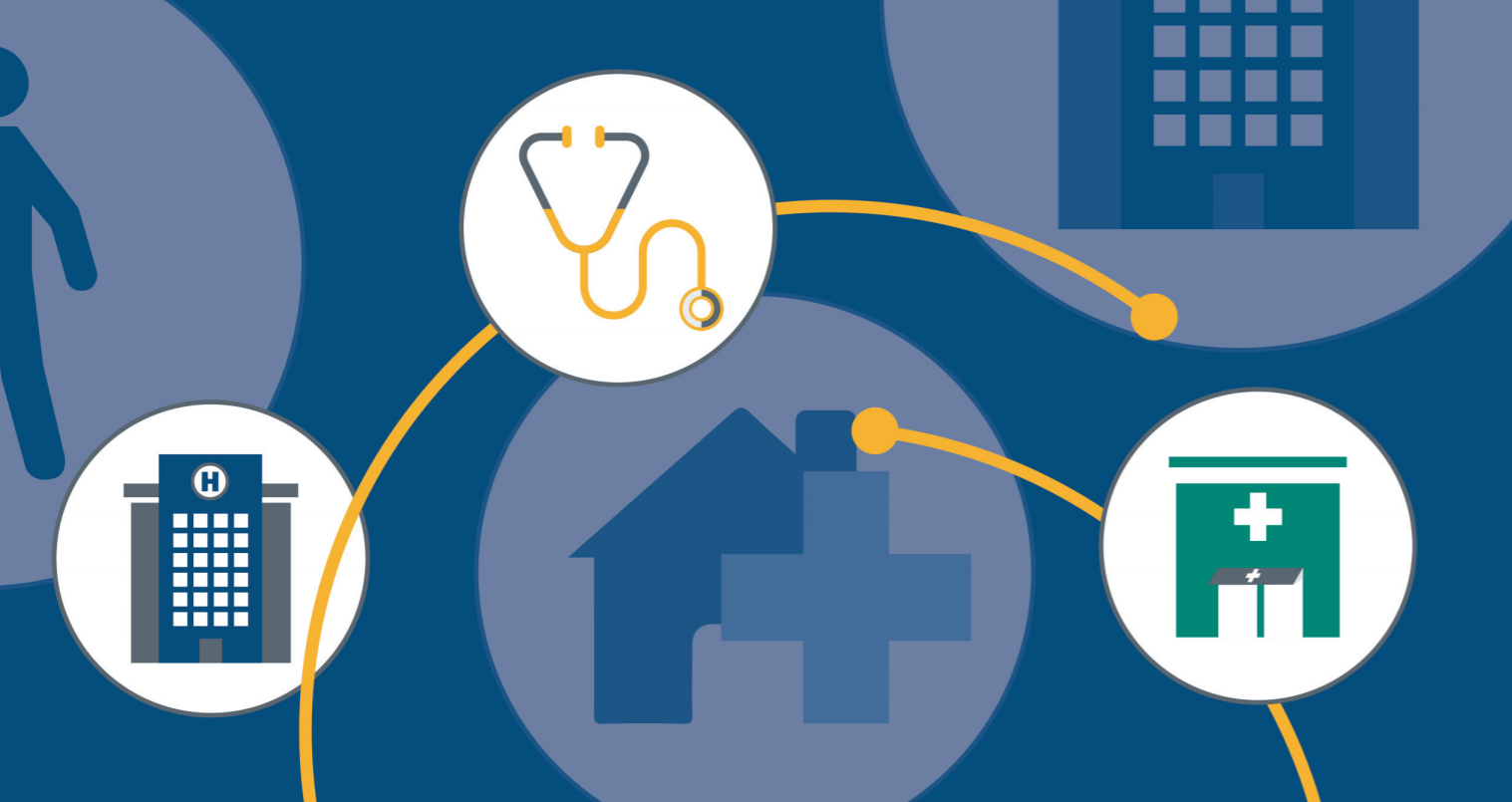
Organizations across the continuum of care are striving to become high-reliability organizations, and part of being highly reliable means staying vigilant and identifying problems proactively. ECRI Institute has released its annual list of Top 10 Patient Safety Concerns to support organizations in their efforts to proactively identify looming patient safety challenges and offers suggestions and resources for addressing them.
This top 10 report highlights patient safety concerns from across the continuum of care because strategies increasingly focus on collaborating with other provider organizations, community agencies, patients or residents, and family members. For each patient safety concern, icons indicate some of the settings where the concern may arise. In selecting this year’s list, ECRI Institute relied both on data regarding events and concerns and on expert judgment.
Here is a look at the annual Top 10 Patient Safety Concerns for 2019:
1. Diagnostic stewardship and test result management through EHRs.
When diagnoses and test results are not properly communicated or followed up, the potential exists to cause serious patient harm or death. Providers have begun relying on the electronic health record (EHR) to help with clinical decision support, to track test results, and to flag issues. However, the EHR is only part of the solution.
2. Antimicrobial stewardship in physician practices and aging services.
Patients “expect an antibiotic to help them get better,” Uses says. Moreover, unnecessary antibiotic administration puts patients at unnecessary risk of adverse drug reaction. And the broadest concern, she notes, is that overprescribing leads to antimicrobial resistance.
3. Physician burnout and patient safety.
The electronic health record is a contributing factor, but burnout goes beyond providers’ oft-described frustrations with documentation. Healthcare is evolving rapidly and keeping up with the changes can be a challenge. Time pressures are intense. Providers are caring for an increasing number of patients with complex medical conditions, drawing on limited resources. Reprioritizing what a clinician needs to do is one way to reduce burnout, but ultimately the system must change.
If burnout is to be addressed effectively, organizations must listen to providers’ concerns about workload, performance criteria, and suboptimal resource allocation and fix these problems at a system level. Moving to a safety culture that rewards and recognizes a job well done is necessary. Leadership must strive to make providers feel they are treated as human beings, whose opinions and abilities are valued, rather than as cogs in a wheel.
4. Mobile health patient safety concerns.
Risks of mobile health technology include lack of regulation of new technologies, barriers to ensuring that providers are accurately receiving the data a device collects, and the possibility that a patient is not using the technology correctly or is not using it at all. Mobile health is a constantly evolving area. Many devices are released without U.S. Food and Drug Administration testing. Healthcare organizations must ensure the safety and validity of any device they recommend to a patient and be certain the device will work when the patient leaves the healthcare facility.
5. Behavioral health discomfort.
In many healthcare settings, behavioral and physical health are siloed. But people with behavioral health needs are in every setting, and it is not always obvious when an individual has such needs.
6. Detecting changes in a patient’s condition.
Failure to detect changes in a patient’s condition is an ongoing patient safety concern across the continuum of care. Problems can arise within a care unit and during transitions of care within a facility and from one facility to another. Sometimes staff are inadequately trained in recognizing changes in a patient’s condition or in responding to an alarm that is alerting caregivers to check on a patient.
7. Maintaining and developing new skills.
Patient harm can occur if staff are uncomfortable using medical equipment or performing a procedure, or are unaccustomed to an organization or care area’s processes. ECRI Institute has received reports of adverse events occurring because a healthcare professional was unfamiliar with equipment, such as infusion pumps and robotic-assisted surgical systems, or lacked competence with procedures and processes, ranging from Foley catheter insertion to management of a hemorrhaging patient after childbirth.
8. Detecting sepsis early in treatment.
Healthcare workers throughout the continuum of care must be able to recognize sepsis. Certified nursing assistants can be trained to use screening tools, and physician practices can screen for sepsis both in the exam room and on the phone. Simulation and skills practice can help workers recognize sepsis and communicate their concerns. To facilitate timely diagnosis and management, healthcare organizations across the continuum should have protocols for a response when sepsis is suspected, much as they do for chest pain. Organizations may use checklists, tools, or algorithms to support the response.
9. Infections from peripherally inserted IV lines.
Peripheral intravenous (PIV) catheters are commonly used items in healthcare. Often, PIVs are inserted upon admission as a matter of course, in case the patient needs IV therapy at a later point. However, PIVs can expose patients to a significant risk of infection—one that is underreported, underrecognized, and often ignored, according to James Davis, MSN, RN, CCRN-K, HEM, CIC, FAPIC, senior infection prevention, and patient safety analyst/consultant, ECRI Institute.
Tracing infections back to the PIV line can be difficult, according to Davis, because healthcare workers tend to overestimate their safety. “If a patient gets both a peripheral line and a central line and later develops a bloodstream infection, clinicians will often attribute it to the central line without even considering the PIV line,” says Davis.
10. Standardizing safety efforts in large health systems.
Regardless of organization size, the goal is to institute structures that effectively allow patient safety leaders to support organization leadership in engaging with patient safety priorities. Foundational principles of continuous communication up and down the chain of command, clear organizational structure, consistent committee configuration, and universal strategic planning and implementation can help the organization reduce inconsistencies and embed a strong focus on patient safety.
